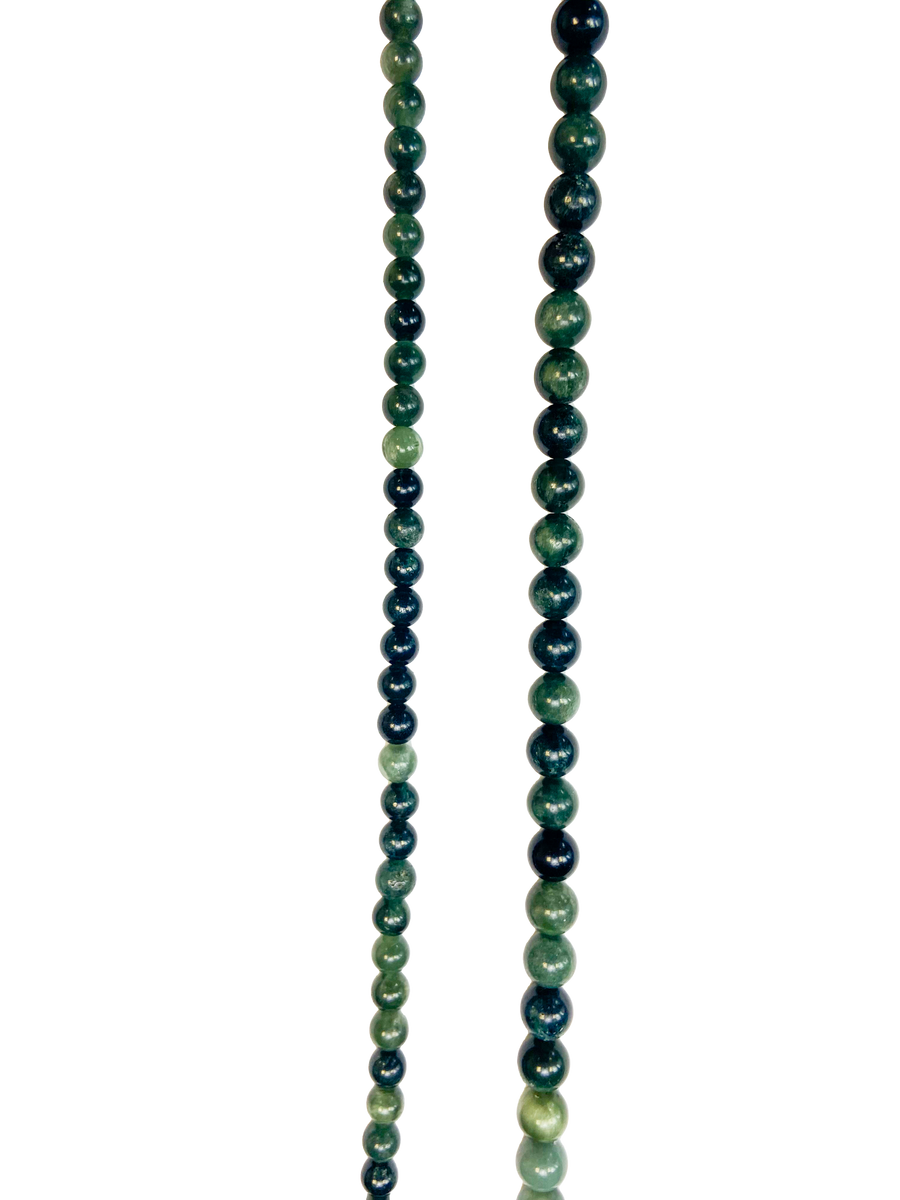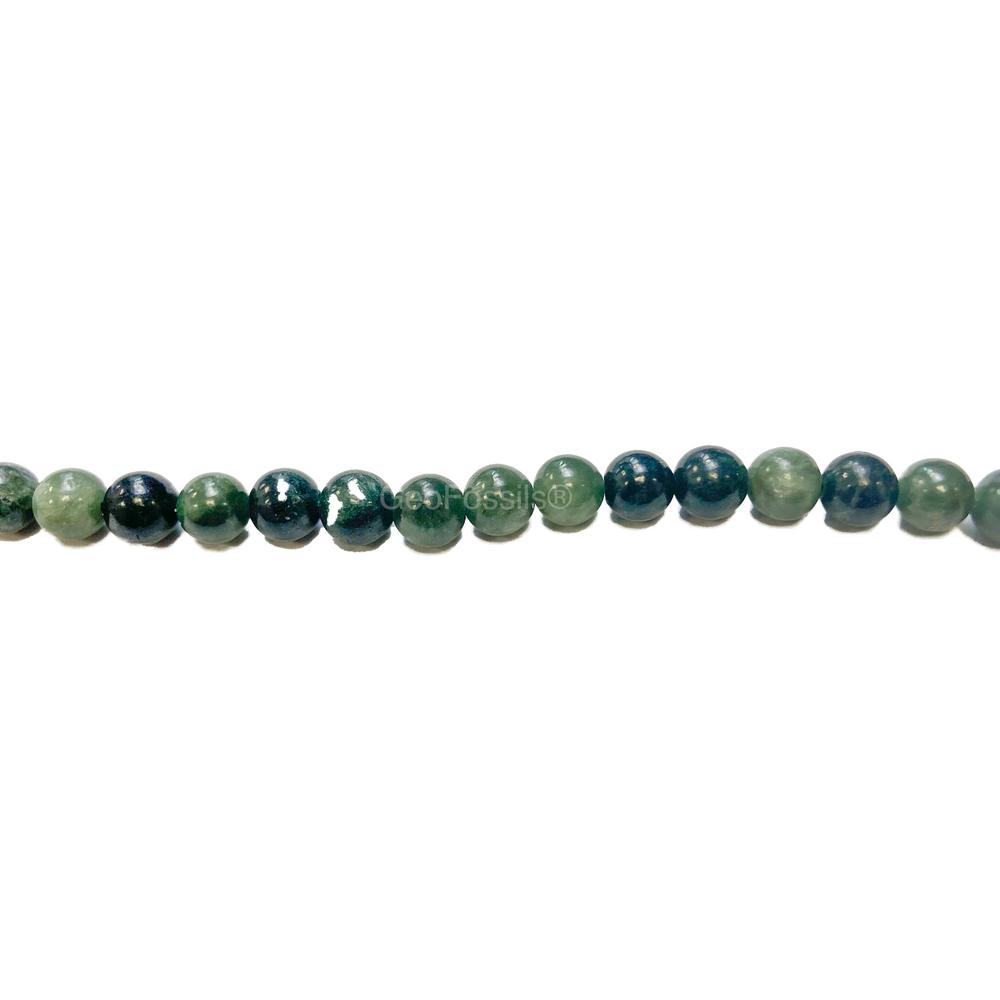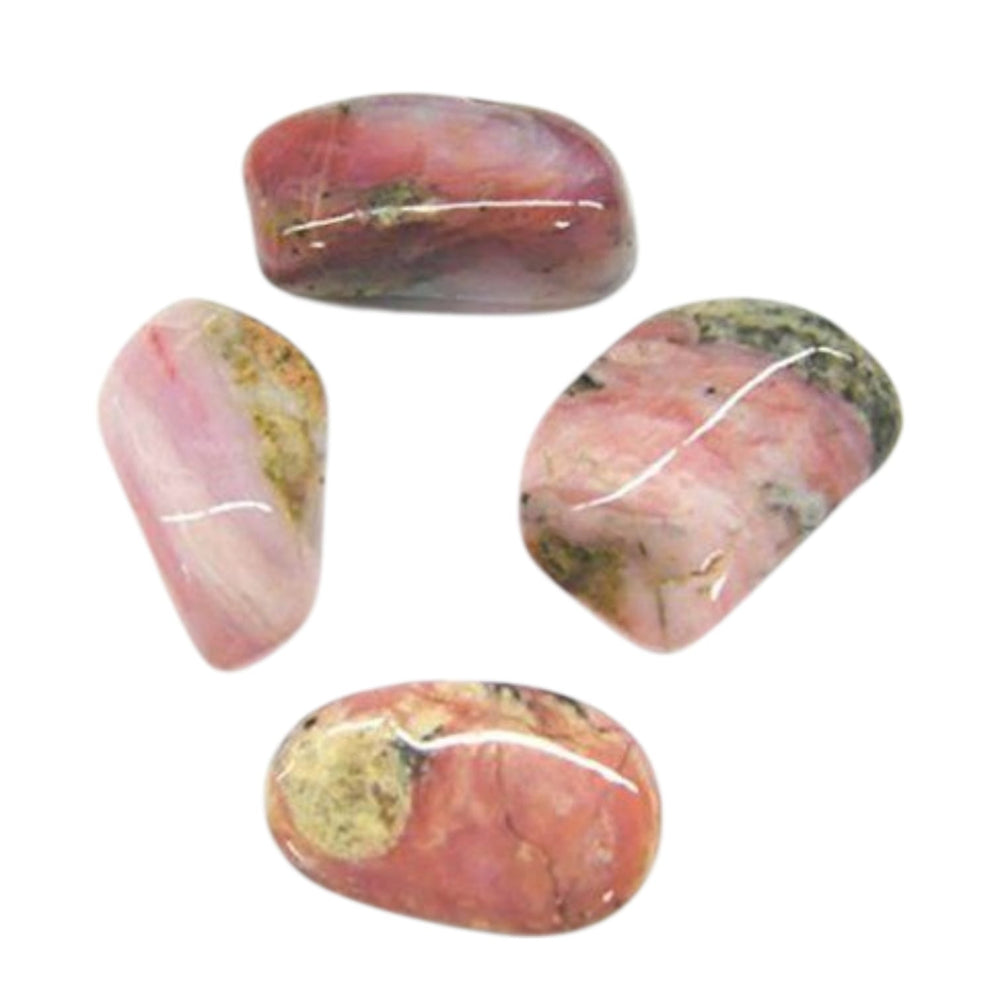Blue Amber
Blue Amber is the name given to the Fossilised resin from the prehistoric leguminous tree Hymenaea Protera. Blue Amber is rare compared to the yellow/brown form of Amber, and its primary source is from the Dominican Republic. Still, more recently, it has also been found on the Indonesian island of Sumatra. The title Blue Amber is due to the slight blue toned hue in intense ultraviolet light.


The frequency of Blue Amber connects to the solar plexus and third eye chakras, cleansing and stimulating these chakras. The purifying energy intrinsic to Amber helps clear low vibrational negative energy, thoughtforms, and entities present within one’s energy fields. It helps to transform negativity into positive joy-filled energy.
Via the third eye chakra, this blue-hued form of Amber aids one with one’s psychic abilities, increasing one’s inner vision, allowing one to have clarity of thought and view life from a higher perspective bringing an understanding of one’s life’s path.
The energy of Blue Amber helps to support you by having insight into your life’s journey and brings uplifting energy enabling you to move forward with a positive attitude and joy.
This blue-toned form of Amber helps raise the vibrations of your physical being and benefits your general health and wellbeing.
Amber works well with Green Moss Agate, Peridot, Opal








Admin Response to Julia
The colour change is due to optical interference, fluorescence, or light diffraction, often triggered under LED or UV/fluorescent lighting.
In direct sunlight or warm light (incandescent), the stone appears golden or honey-like.
Under cooler-toned LED or fluorescent light, it shifts to bluish tones—some specimens even exhibit a vivid electric blue or neon-like glow.
This effect is similar to the phenomenon seen in some fluorites or hackmanite, but it is unusual in agate.
Often mistaken for Aura Quartz or dyed agate due to its flashy colour shift, but this material is natural.
May contain trace minerals or fine inclusions (like titanium, manganese, or iron) that contribute to its light-reactive properties.
The colour change is stable and does not fade with time or exposure, unlike some dyed stones.
Sadly we do not have this at present but we have had in the past and I amsure whilst we are exhibiting at Tucson we may come across this material or possible Munich in October. It is on our buy list.
If I can be of further help please let me know xx
What can you tell me please about Mexican chiapas golden agate that changes to blue.
Thank you
Got any blue Amber for sale
Leave a comment